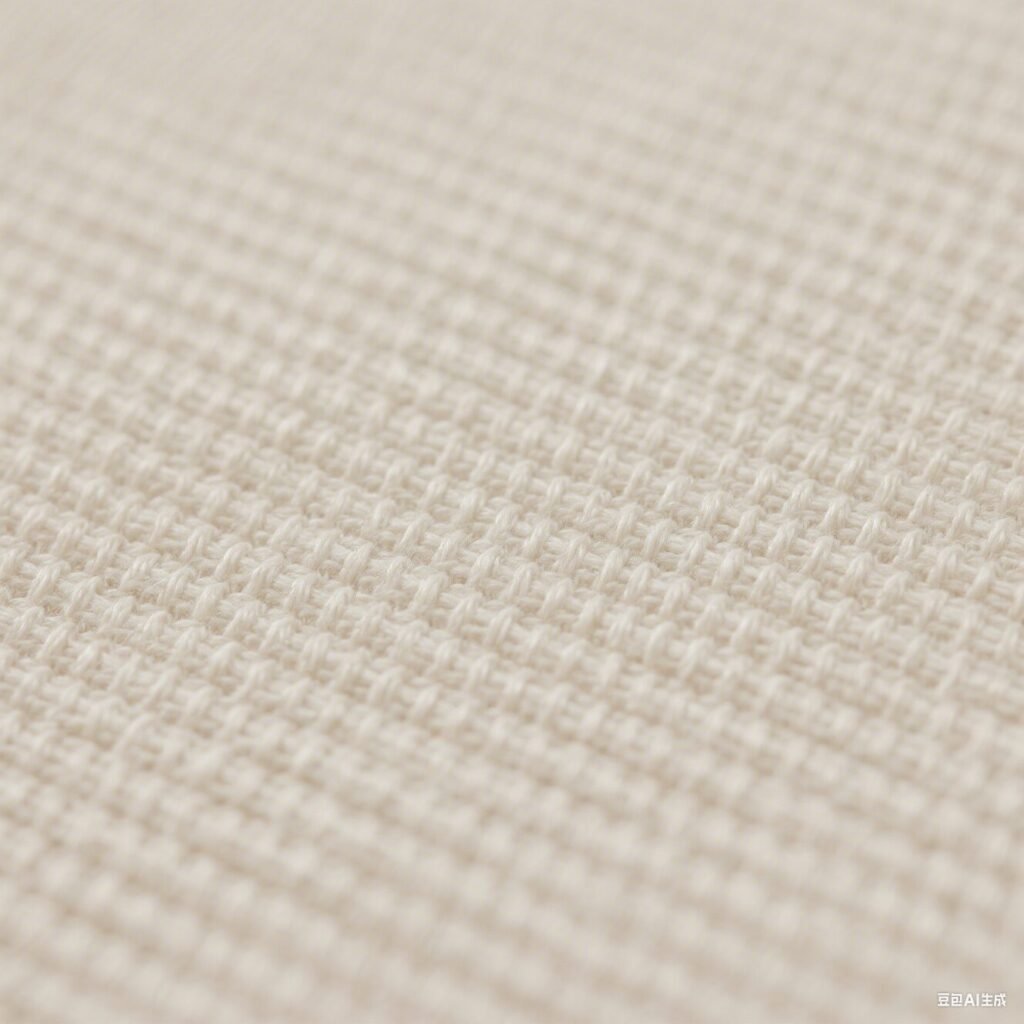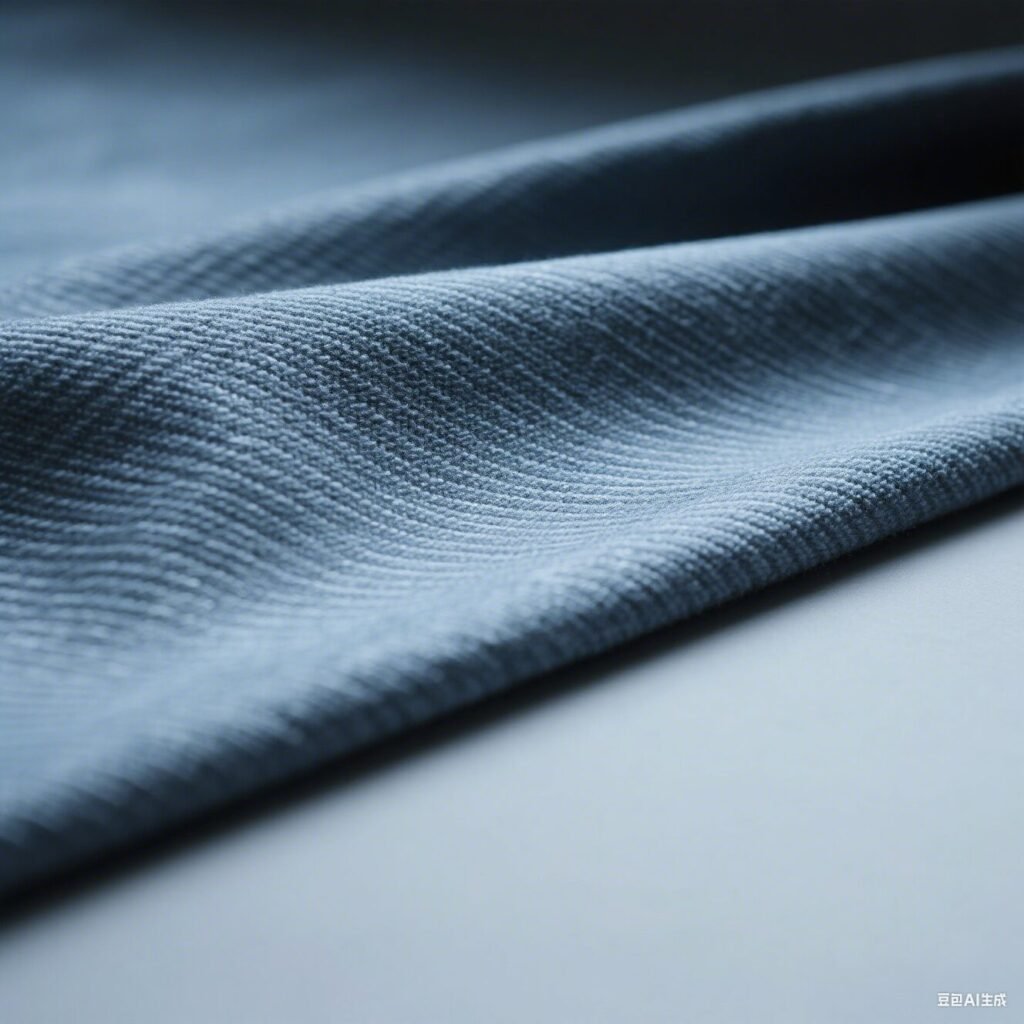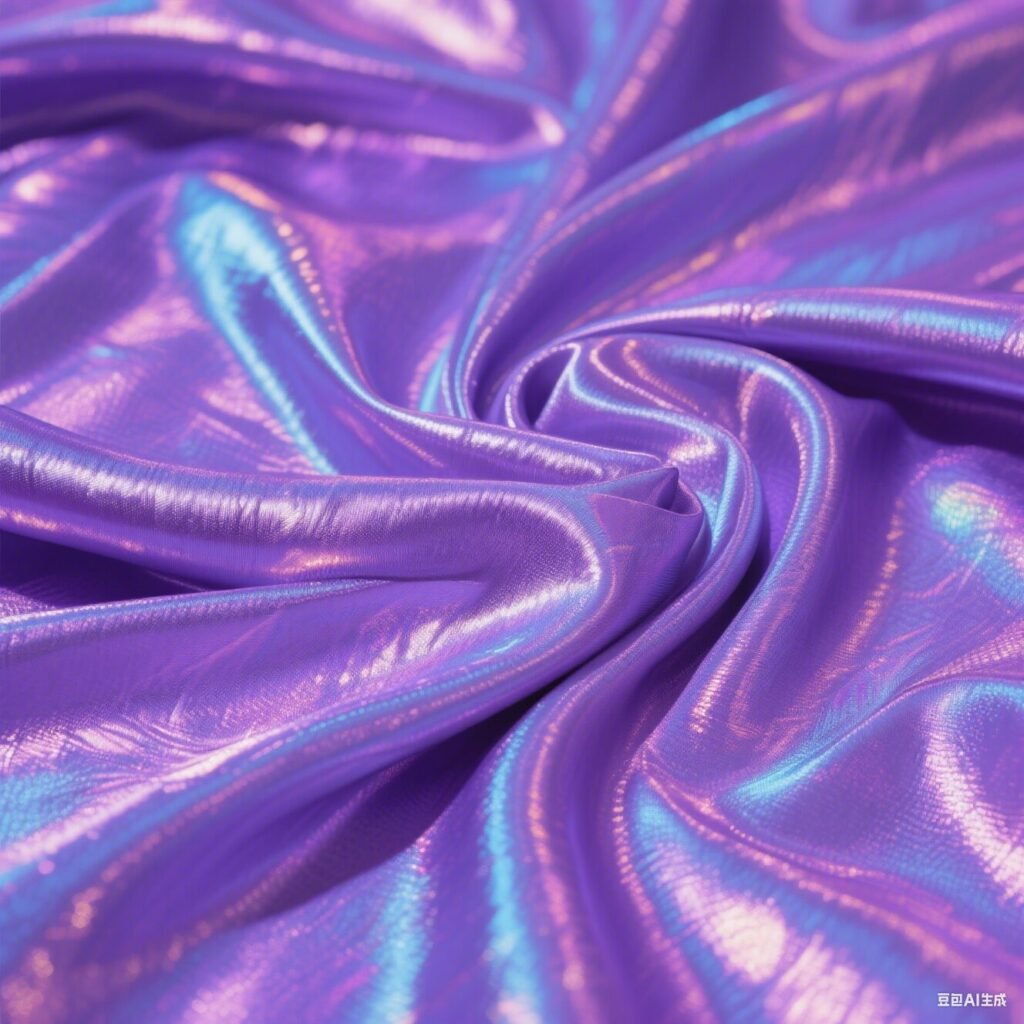After 15 years running a garment factory in Guangdong, I’ve seen brands burn thousands on a fatal mistake: choosing fabric by yarn count alone. Today, we expose how weave patterns—plain, twill, satin—transform the same 40s Egyptian cotton into radically different fabrics. Forget thread count myths. This is textile alchemy.
1、The Naked Anatomy: Weaves Decoded in 60 Seconds
- Plain Weave (平纹):
1-over-1 grid like a checkerboard. Every thread bends at 90°.
Factory Reality: Cheapest to produce (15% less yarn), weaves 30% faster. Feels crisp but wrinkles like crushed paper. - Twill (斜纹):
Diagonal ribs (e.g., 2-over-1). Creates signature斜 lines.
Factory Reality: Hides oil stains in its ridges. Costs 20% more than plain but lasts 2X longer in knees/elbows. - Satin (缎纹):
Floating threads (e.g., 4-over-1). Minimal thread intersections.
Factory Reality: Feels icy-smooth but snags on a cat’s claw. Luxury溢价 30-50%.
✅ Lab Proof: We wove identical 40s Egyptian cotton into all three weaves. Results:
- Friction Coefficient: Satin (0.12) < Twill (0.35) < Plain (0.47) (ASTM D1894)
- Tear Strength: Twill (45N) > Plain (32N) > Satin (18N) (ASTM D5035)



2、Deathmatch: Where Each Weave Wins or Dies
Scenario 1: Hotel Bed Sheets
- Mistake: 500-thread-count plain weave
→ “Feels like sandpaper!” (Guest complaints: 42%) - Winning Combo: 300-TC sateen (satin variant)
→ 40% softer, hides makeup stains. Reduced complaints by 75%.
Scenario 2: Mechanic’s Coveralls
- Mistake: Satin weave
→ Snagged on engine parts within 2 shifts. - Winning Combo: 3/1 twill
→ Diagonal ribs deflect grease. Survived 6 months of barbed wire scrapes.
Scenario 3: High-Fashion Blazers
- Mistake: Plain weave
→ “Looks like a hospital gown!” (Buyer rejection) - Winning Combo: Satin weave
→ Liquid drape secured a $200K order from Milan.
3、The Brutal Cost Breakdown (Per Meter)
| Cost Driver | Plain | Twill | Satin |
|---|---|---|---|
| Yarn Used | $0.80 | $0.95 | $1.40 |
| Weaving Speed | 5m/min | 3.5m/min | 2m/min |
| Defect Rate | 3% | 8% | 15% |
| Total Cost | $1.20 | $1.50 | $2.10 |
💡 Factory Hack: For budget products, use plain weave with higher yarn count (e.g., 60s) to mimic mid-range twill’s softness—saves 25%.
4、Your No-BS Weave Selection Guide
Answer these three questions:
- “Will it face friction or abuse?”
→ YES: Plain or twill | NO: Satin
*(e.g., Kids’ uniforms = 2/2 twill)* - “Must it feel luxurious?”
→ YES: Satin | NO: Plain
(e.g., Wedding dresses = satin) - “Budget under $3/unit?”
→ YES: Plain | NO: Twill/satin
(e.g., Fast-fashion tees = plain)
5、SLOG in Action: Truth Over Tradition
A Swiss outdoor brand demanded satin weave for hiking pants (for “shine”). We refused, proposing ripstop twill . Result:
- Snag resistance +300%
- Production cost -18%
- Became their bestseller for 3 seasons.
Moral: Shine fades. Performance survives.
6、Coming Next: Fiber Wars – How Cotton, Linen, Silk & Synthetics Battle for Your Product’s Soul
Think “fiber content” is just a label? Wait until you see how 10% changes alter everything. In our next truth bomb:
- The Cotton Deception: Why “100% Egyptian cotton” fails in humid climates (and how 25% linenfixes it).
- Silk’s Betrayal: Luxury handfeel with 50% silk? Yes. But blend it wrong, and it shreds in 3 wears.
- Synthetic Salvation: How 3% elastane rescues rigid linen suits, while 40% Tencel™ turns cheap cotton into luxury.
- Blend Bloodbath: We’ll dissect real recipes:
- Workwear that survives oil rigs: 65% cotton + 30% aramid + 5% carbon
- Anti-odor athleisure: 45% bamboo + 40% recycled polyester + 15% copper fiber
Demand the blend bible: [Subscribe] for the fiber alchemy cheat sheet.
Throw down your challenge! Email me at carter@xiyigarments.com like: “My silk-cotton blend pills!” — I’ll autopsy your formula and prescribe fixes.






